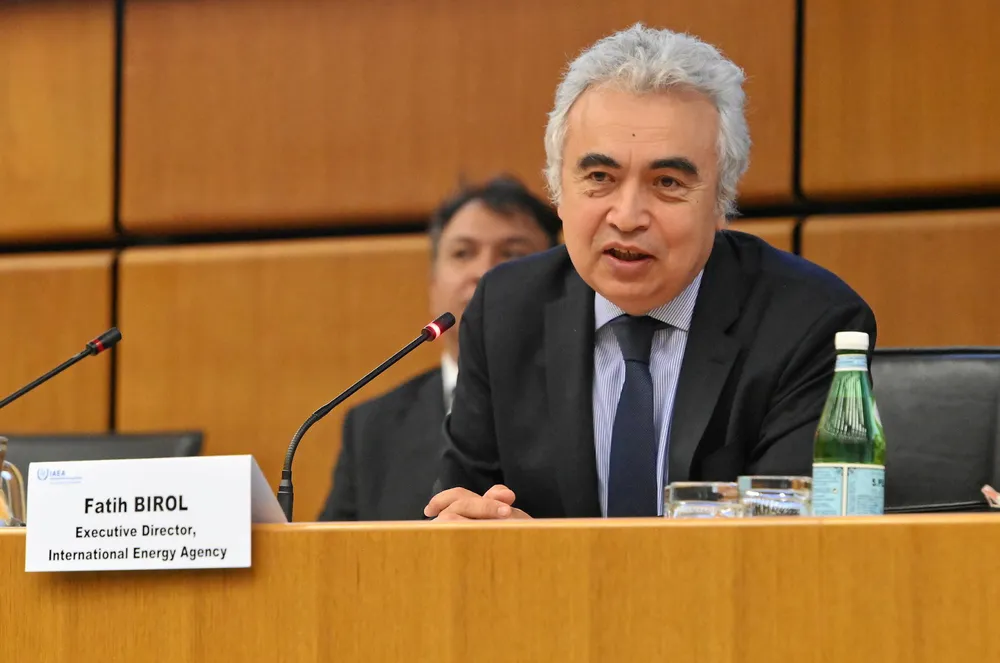Southeast Asia's energy demand to overtake EU's by 2050 amid clean power surge: IEA
Wind, solar, bioenergy and geothermal to meet more than third of energy demand growth by 2035, report finds

Energy demand in Southeast Asia by mid-century is expected to overtake that of the EU, and clean power sources such as wind, solar, modern bioenergy and geothermal are projected to meet more than a third of the growth in energy demand in the region by 2035, a new report by the International Energy Agency (IEA) found.
Based on today’s policy settings, Southeast Asia is on course to account for a quarter of global energy demand growth between now and 2030 – second only to India over the period and more than double the region’s share of growth since 2010 – as its rapid economic, population and manufacturing drive up consumption.
“Southeast Asia is one of the most economically dynamic regions of the world and is set to account for a quarter of the growth in global energy demand over the next decade as its population, prosperity and industries expand,” said IEA Executive Director Fatih Birol.
“Countries in the region have a diverse mix of energy sources including highly competitive renewables,” Birol said, but cautioned: “Clean energy technologies are not expanding quickly enough and the continued heavy reliance on fossil fuel imports is leaving countries highly exposed to future risks.
“Southeast Asia has made great progress on issues such as energy access, clean cooking and developing clean energy manufacturing, but now it must ramp up efforts to deploy those technologies at home.”
Access to finance and investment for the region’s fast-growing economies will play a pivotal role in strengthening their energy security and delivering on their emissions reduction goals, Birol stressed.
Growth is led by the electricity sector, with power demand in Southeast Asia set to surge at an annual rate of 4%, the report said, pointing to the growing use of air conditioning amid more frequent heatwaves being a big driver of rising power consumption.
The ten members of the Association of Southeast Asian Nations (ASEAN) are among the world’s fastest-growing, with eight of them having net zero emission goals.
The region today attracts only 2% of the world’s clean energy investment despite accounting for 6% of global GDP, 5% of global energy demand and being home to 9% of the world’s population, the IEA said.
The current level of investment will require a fivefold increase – with $190bn needed in 2035 – to put the region on a pathway consistent with achieving its announced energy and climate goals, according to the report.
(Copyright)